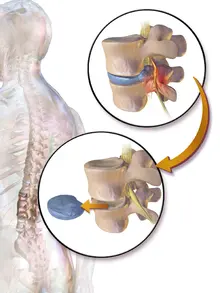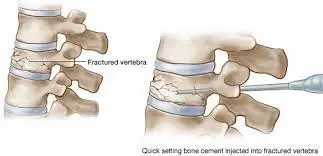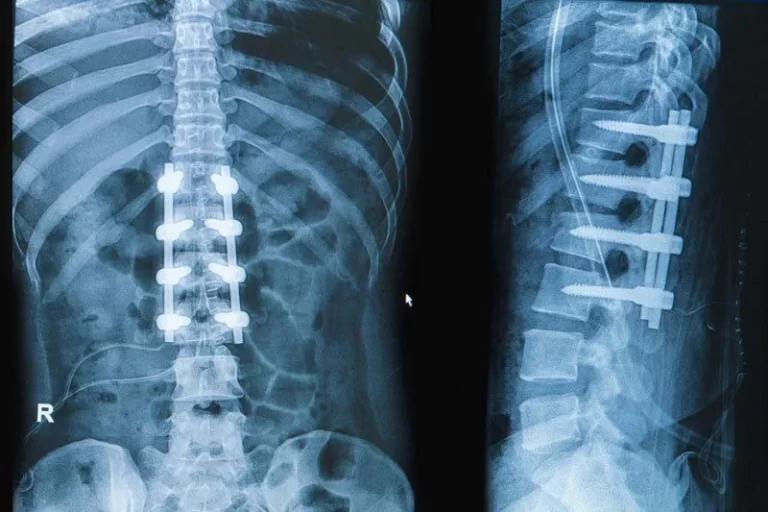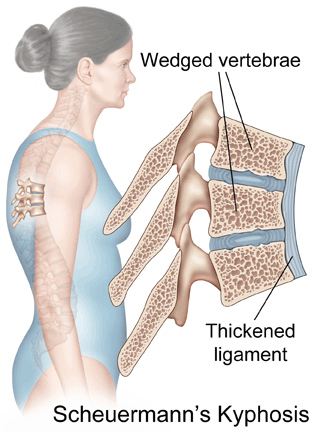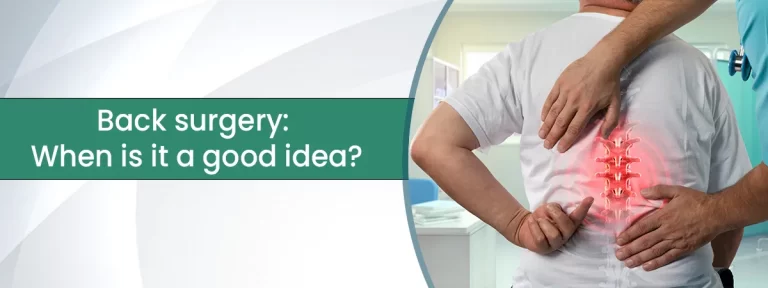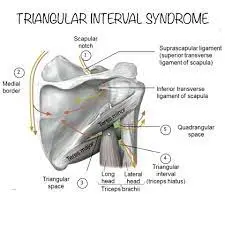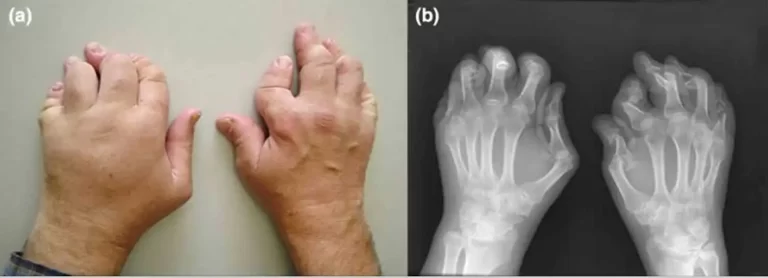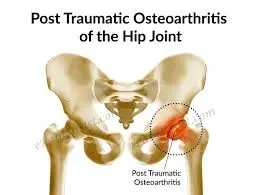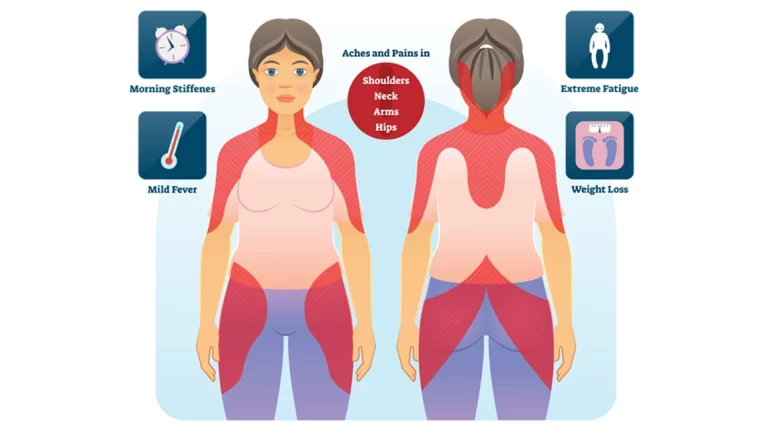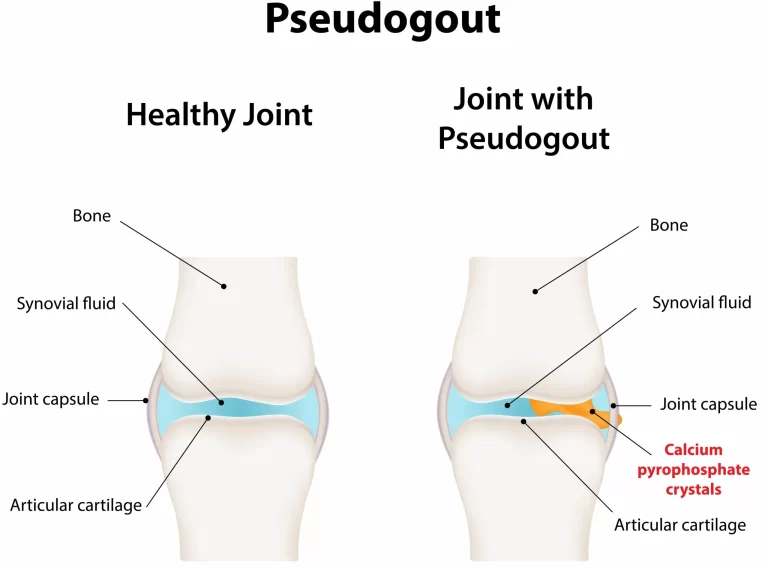Discectomy
What is the Discectomy procedure? A Discectomy is a surgical procedure used to remove the injured portion of a disc from the spine that has its soft interior protruding through the outer, more robust layer. A herniated disc can aggravate or press on near nerves. A series of bones known as vertebrae make up your…

